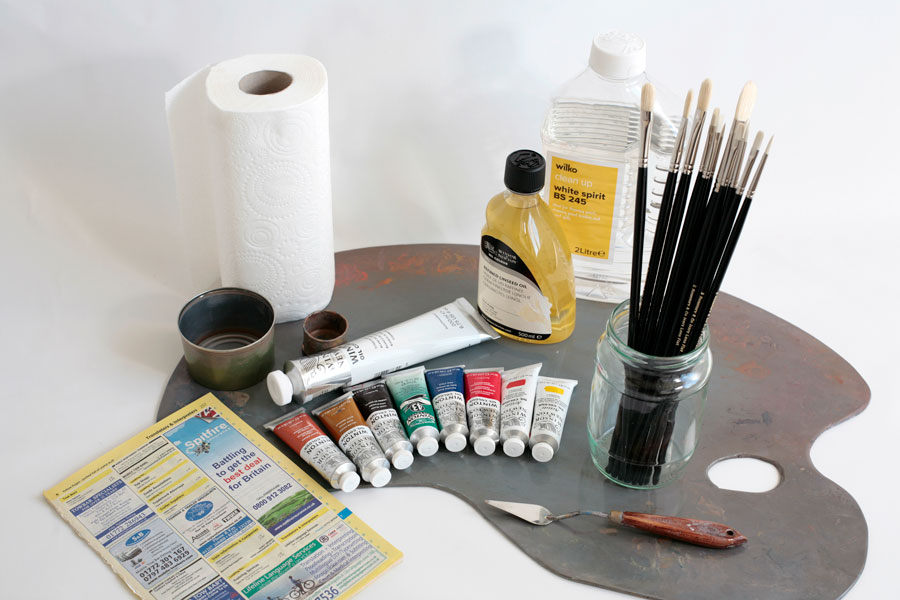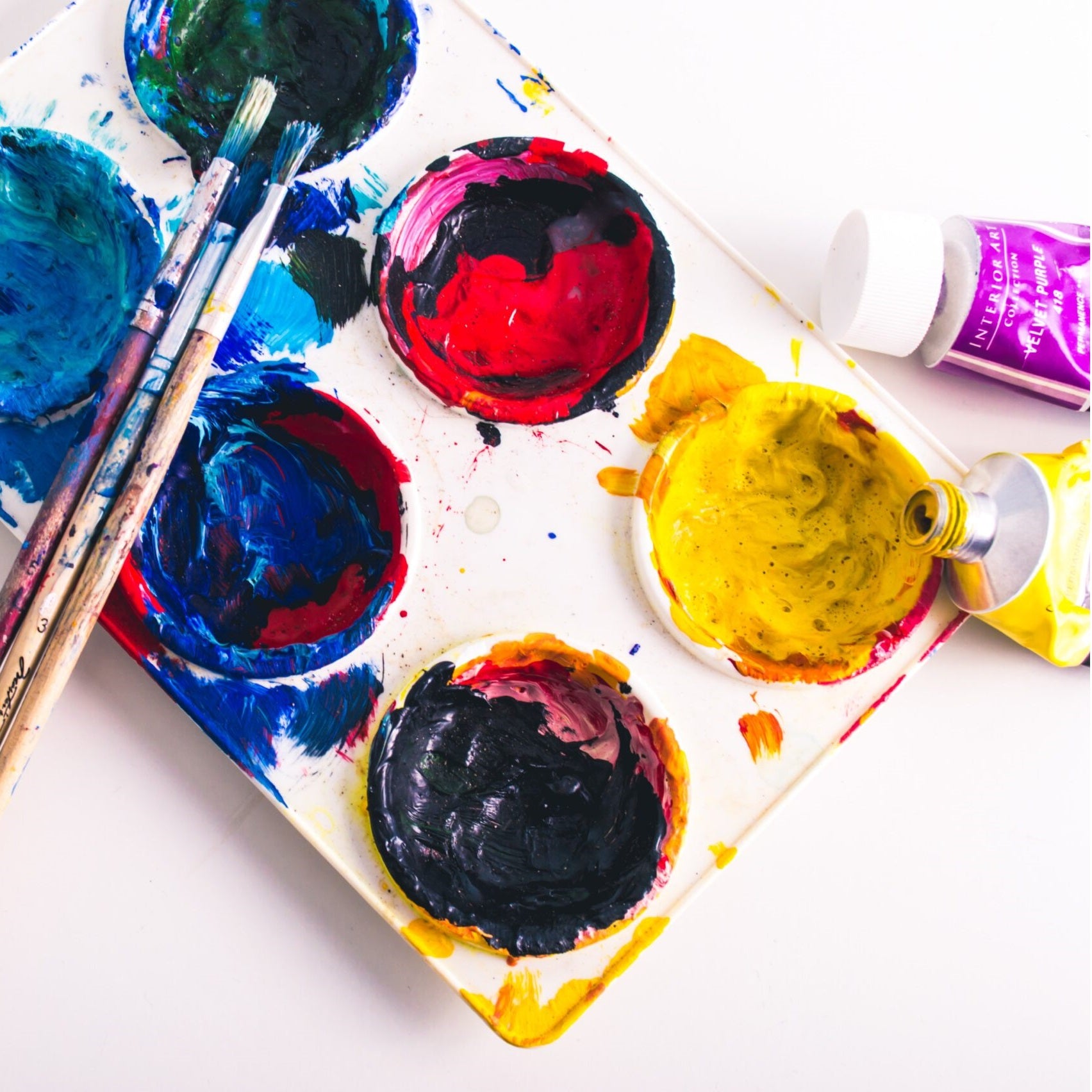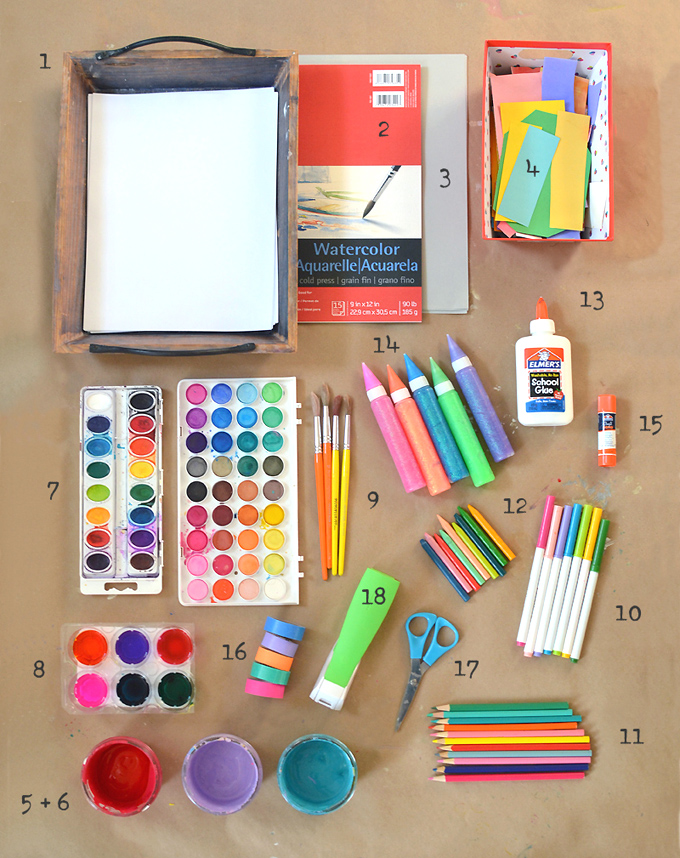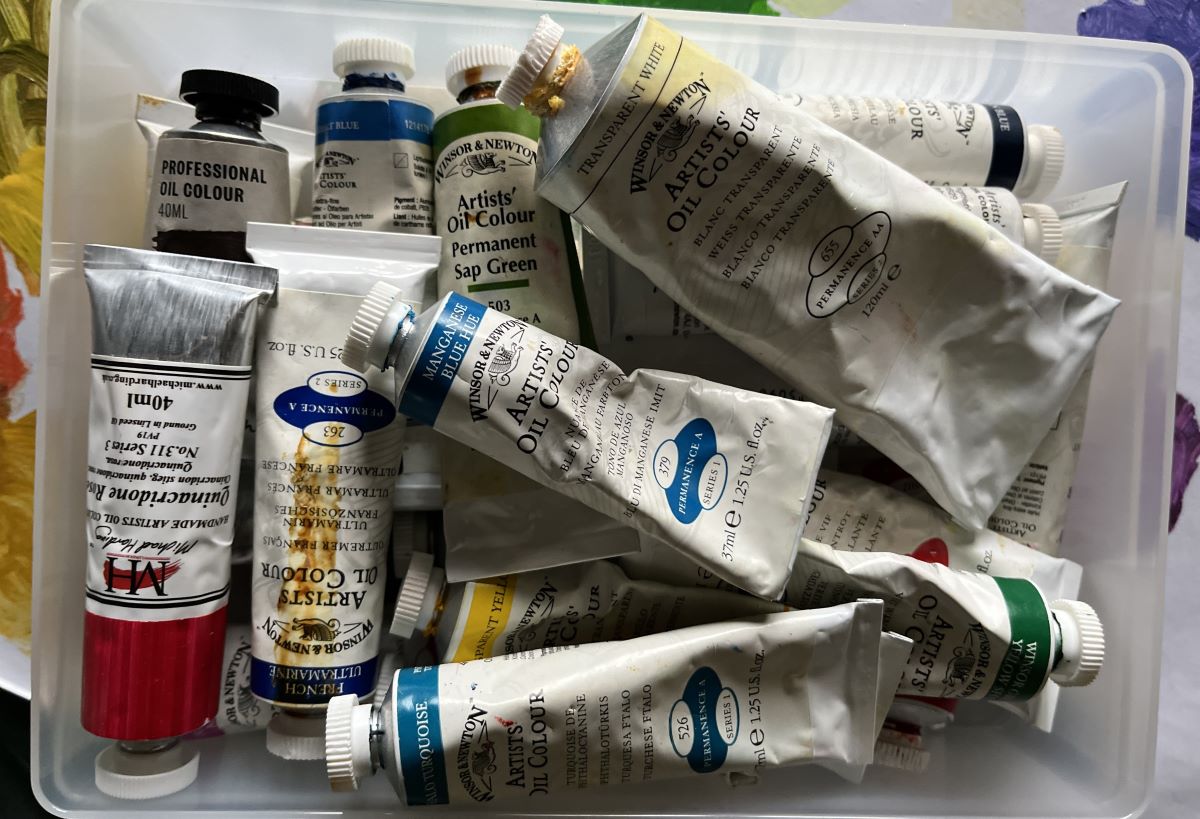Unlocking the Artist Within: A Journey Through Painting Materials
A blank canvas, a glimmering palette, the quiet whisper of a brush – these are the magical ingredients that ignite creativity and allow us to transform simple hues into breathtaking masterpieces. This article delves into the heart of painting materials, exploring the diverse world of paints, brushes, canvases, and palettes, bringing out their unique characters and sharing tips, tricks, and personal insights, gleaned from my own experiences and feedback from others. "A picture is worth a thousand words."
Understanding the Essential Painting Trio: Paints, Brushes, and Canvases

Source: normanlongartist.com
The Colorful Heart: Paints
- Acrylics: Fast-drying, versatile, and easy to clean. Great for beginners! [My favorite – I love the way they blend smoothly!]
- Oils: Rich, vibrant colors, excellent for detailed work. [Take a while to dry – patience is key!]
- Watercolors: Light and airy, stunning effects with washes, layering and a lighthearted flow. [Perfect for delicate work. Gentle and soft.]
- Tempera: Excellent for layering (build up details) (good option for mixing your colors, using them on other media like paper). [Not widely used in today’s world of painting. ]
A Table Comparing Popular Paints:
| Paint Type | Drying Time | Versatility | Clean Up | Suggested Projects |
|---|---|---|---|---|
| Acrylics | Fast | High | Water | Landscapes, Portraits, Still Lifes |
| Oils | Slow | High | Solvents | Portraits, Landscapes, Abstract Art |
| Watercolors | Varies | High | Water | Backgrounds, Floral Illustrations |
| Tempera | Fast | Moderate | Water | Kids' Art, illustrations |
Which Paint is Right for You? This truly depends on your own vision and artistic personality. Some paints are great for beginners, some are for advanced artists. "There is beauty in every art style!".

Source: stationers.pk
The Skilled Hand: Brushes
- Round Brushes: Ideal for detailed work like creating outlines and small areas.
- Flat Brushes: Perfect for creating large washes or areas of color, useful for background application and large sections.
- Filbert Brushes: Versatile, combining qualities of round and flat brushes, ideal for shading.
- Fan Brushes: Create smooth blending (good to cover broad areas) .[My trick – use the edge for precise shading and highlight!]
Choosing the Right Brush:
Consider these aspects when selecting your brushes:
- Size: The ideal brush size depends on the type of work (large landscapes need larger brushes; small portraits use fine brushes.)
- Material (synthetic or natural): Synthetic are good for beginners; natural can have more subtle strokes. Each type is for a unique aesthetic!
- Shape: Different brushes handle paint differently (they impact the textures of the painted layers); it is also vital to your desired look for your project (detailed, broad, sharp brushwork etc).
A Friendly Tip: Don't be afraid to experiment with different types of brushes. "You will know the ideal brush with your own technique eventually, but try new brushes and see what kind of difference that brings!"
The Blank Canvas: Supportive Surface
- Canvas Boards: Offer stability and are excellent for beginners, can be easily stored and can be found with ready designs in pre-purchased canvases! (Ideal for different artworks.)
- Canvas Panels: Provides strength and high resistance, offers versatility for different styles and artists.
- Paper: Lightweight and very cheap for watercolors and illustrations or other techniques!
- Wood: Sturdy surface for different projects and unique look [The possibilities are limitless]!
How to Pick Your Canvas:
- Think about your chosen project; its themes, and your aesthetic
- Size Matters – [The canvas dimension is crucial!] Small artworks demand smaller canvases and larger artworks require bigger canvases
- Cost/Durability
- Texture (smooth/rough canvas) impact final results
- Suitable Paint
Can you name at least 3 things that affect your choice of painting canvases?

Source: artbarblog.com
The Helpful Artist's Companion: The Palettes & Other Equipment
- Acrylic Palette: Can be reusable
- Oil Palette: May need cleaning (and proper supplies)
- Paper or wooden Palette: Easy to use
- Water Containers/Pots: Absolutely necessary when using watercolor and acrylic paints
- Rag/Paper towels: Vital to blot excess paint or clean your brushes
- A Place for Safety

Source: cloudinary.com
Unveiling Your Artistic Potential
Now you're well-equipped to unleash your artistic talent. Remember, choosing materials reflects your passion and vision. Pick those that evoke joy and creativity. It's amazing what you can create from these basic components! “Art washes away from the soul the dust of everyday life”.
Tips for Fresh Beginners (and the Not-So-Fresh Beginners!)
- Start with what feels right to you: What motivates you will create a better start in the first place. [Follow what your inner heart and your inspiration tells you]
- Practice, Practice, Practice!: Brushstrokes, colors, all aspects you might think will hinder your initial creations is practice!
Painting Adventures from Artists' Experiences
"I started painting by creating quick doodles and then it turned out to be something that I was enjoying and becoming quite familiar with".
— Emily, an emerging landscape artist
“It is important to experiment; every attempt should feel fresh and alive, as each one develops. "
—David, a renowned portrait artist
"Watercolors feel easy but require patience. They're magical!" – Sofia, watercolors enthusiast
What are some painting projects that you are particularly excited about trying? Let me know your insights in the comment section!
